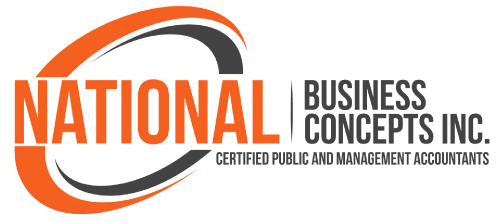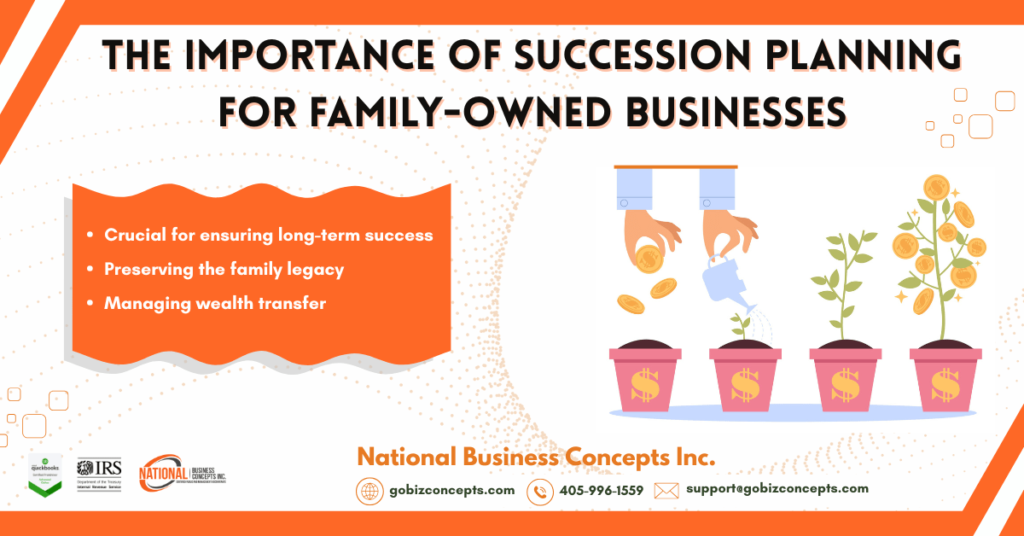It is best for small businesses take a strategic approach to ensure a smooth transition thru business succession planning. Small businesses face significant risks from an unplanned transition that could threaten their continuity, financial stability, and long-term survival. These risks arise from leadership uncertainty, operational disruptions, family conflicts, financial instability, employee uncertainty and poor morale, customer and supplier concerns, loss of competitive edge, and the general risks of a business closure.
Per se, the small business should consider, for the sake of a smooth transition thru business succession planning and implementation, early process, successor candidates, candidate leadership and management skills, documentation of key business processes, communication with employees and stakeholders, business structure and ownership, business finances, handover processes, and contingency for unexpected scenarios.
Start Early For A Smooth Transition
An early start to a succession process, involving top management, is crucial for leadership development, financial structuring, and minimizing risks that could disrupt the business. Take heed, it is not always possible to anticipate the exact moment when a transition would be necessary, or, promptly, be able to put all the transition pieces together. See contingency planning below.
Successor Identification
Identify key roles. Then select a successor or successors, which is about competence and isn’t only about family ties and nepotism. Whether the successor or successors are family members, employees, or external hires, they must be prepared to lead effectively. Evaluation of a candidate’s skills, values, industry knowledge, and long-term commitment to the business is crucial.
Development of Leadership & Management Skills
To avoid a leadership gap, it may be necessary to develop leadership skill and management skills in-house as opposed to bringing in recognized talent. The successor or successors need to be trained in all aspects of the business—finance, operations, customer relations, and strategic planning—ensuring they are ready to take charge. Mentorship and gradual exposure to decision-making strengthen confidence and competence.
Documentation of Key Business Processes
Documentation of key business processes ensures a smooth leadership transition and business continuity. It involves recording essential workflows, decision-making structures (establishes who has authority, processes, and information flows between different levels of leadership,) financial protocols (equity transfers, tax planning, cash flow assessment, compensation, and contingency funds,) customer management strategies, and employee responsibilities. Clear documentation prevents operational disruptions, allowing successors to understand daily operations without guesswork. Standardizing procedures enhances efficiency and minimizes risks, ensuring consistency in service delivery. This also helps employees adapt to leadership changes, reducing uncertainty. Well-structured manuals or digital repositories improve accessibility, making onboarding easier for new leaders. Ultimately, detailed process documentation preserves institutional knowledge and strengthens long-term stability during succession.
Communications
Open communication with employees, customers, partners, and other stakeholders about the transition is necessary to maintain trust and stability. Clear communications prevent confusion, alleviate concerns, soothe fears, and reassure stakeholders that the business will remain strong and viable.
Structure Ownership & Finances Properly
Structuring ownership and finances properly ensures stability during leadership transitions. Ownership transfers must be clearly defined, whether through inheritance, buy-sell agreements, or trusts, preventing disputes and legal complications. Financial stability requires assessing cash flow, liabilities, and tax implications to minimize risks. Planning ensures successors have access to operational capital, preventing disruptions. Estate and tax planning safeguards business assets and avoids excessive taxation. Diversifying investments strengthens long-term sustainability. Transparent financial governance maintains stakeholder confidence, reinforcing business continuity. Proper structuring aligns leadership shifts with financial health, securing the company’s future.
Gradual Handover
A gradual handover in succession ensures a seamless transition by progressively transferring responsibilities rather than making abrupt changes. It allows successors to gain hands-on experience while receiving mentorship from outgoing leaders. This phased method minimizes disruptions, maintains business stability, and builds confidence in new leadership. Successors gradually assume decision-making roles, refining their understanding of operations, finances, and strategic planning. Employees and stakeholders adjust smoothly, preventing uncertainty. Regular assessments ensure readiness before full leadership transfer. A structured transition fosters continuity, ensuring the company’s legacy, vision, and efficiency remain intact.
Contingency Plans
Preparation for unexpected scenarios ensures business continuity during crises. A strong contingency plan addresses unforeseen events such as sudden leadership departures, financial downturns, or market disruptions. Establishing emergency protocols, cross-training employees, and maintaining up-to-date documentation minimize operational gaps. Financial safeguards like reserve funds and insurance mitigate economic risks. Clear interim leadership assignments prevent instability, ensuring seamless transitions. Regularly reviewing and adapting contingency strategies strengthens resilience. Proactive planning protects the business from uncertainties, securing long-term sustainability and stability.
Conclusions
Small businesses must take a strategic approach to succession planning to avoid risks such as leadership uncertainty, operational disruptions, financial instability, and family conflicts. A smooth transition requires early preparation, identifying competent successors, developing leadership skills, and documenting key business processes. Clear communication with employees and stakeholders strengthens stability. Structuring ownership and finances properly ensures continuity, while a gradual handover minimizes disruptions. Preparing for unexpected scenarios through contingency plans safeguards against crises. Regularly reviewing and adapting the plan ensures long-term resilience.
By Richard Thomas
Previous: Part I


